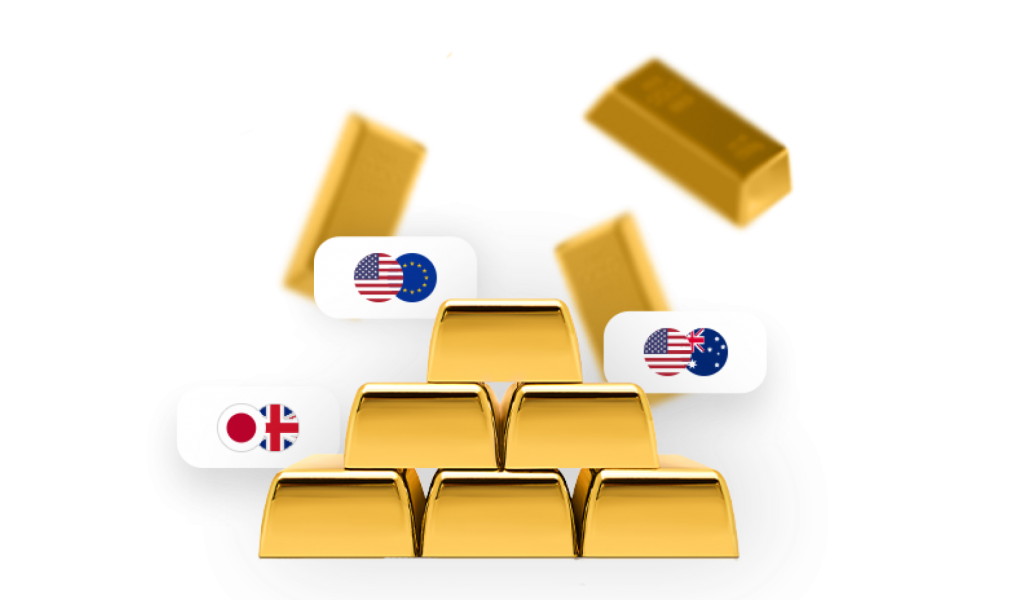The forex market is the largest financial market in the world, with high liquidity and accessibility. This makes it an attractive avenue for trading metals as traders can easily enter and exit positions without facing significant price slippage.
Metals
Metals trading in the forex market, also known as spot metals trading, refers to the buying and selling of precious metals such as gold, silver, platinum, and palladium. These metals are traded against major currencies like the US dollar, euro, Japanese yen, and others. The forex market provides a convenient platform for traders to speculate on the price movements of these metals, allowing them to profit from both rising and falling prices.
metals trading in the forex market offers a range of opportunities for traders seeking diversification and exposure to precious metals. With proper risk management strategies and an understanding of market dynamics, traders can potentially capitalize on price movements in gold, silver, platinum, and palladium to achieve their investment objectives.

-
Liquidity and Accessibility
-
Diversification
Trading metals in the forex market allows investors to diversify their portfolios beyond traditional currency pairs. Precious metals are often considered safe-haven assets and can provide a hedge against inflation, currency fluctuations, and geopolitical uncertainties.
-
Trading Instruments
In the forex market, metals are traded as derivatives known as contracts for difference (CFDs). These CFDs enable traders to speculate on the price movements of metals without owning the underlying assets. Traders can go long (buy) if they anticipate prices to rise or go short (sell) if they expect prices to fall.
-
Leverage and Margin
Forex brokers offer leverage, which allows traders to control a larger position size with a relatively small amount of capital. While leverage amplifies potential profits, it also increases the risk of significant losses. Traders should exercise caution and use risk management strategies such as stop-loss orders to mitigate potential risks.
-
Market Hours:
The forex market operates 24 hours a day, five days a week, providing traders with ample opportunities to trade metals across different time zones. This flexibility allows traders to react quickly to market-moving events and news developments that may impact metal prices.
-
Technical Analysis
Traders often use technical analysis tools and chart patterns to analyze price movements and identify potential trading opportunities in metals. Common technical indicators such as moving averages, RSI (Relative Strength Index), and Fibonacci retracements are frequently used by metal traders to make informed trading decisions.
trading account

